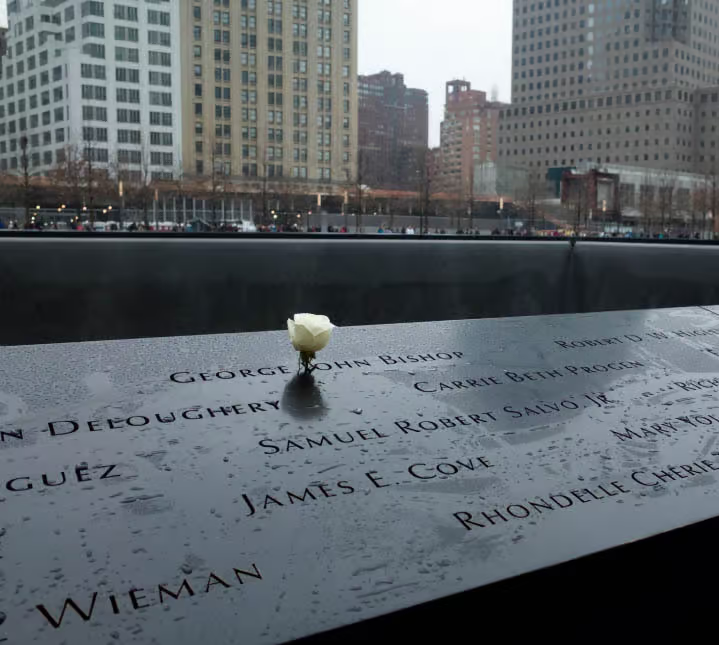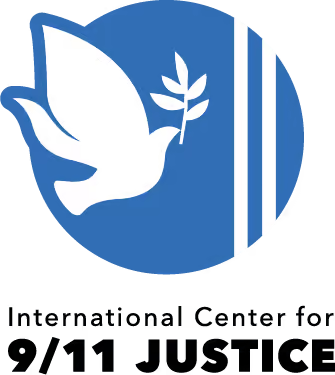The US indicts leading radical imam Abu Hamza al-Masri, shortly after his arrest in Britian (see May 27, 2004). Abu Hamza is indicted on eleven counts, covering his part in a kidnapping scheme in Yemen (see December 28-29, 1998), the recruitment of a radical named Feroz Abbasi to attend a training camp in Afghanistan (see December 2000-December 2001), and a conspiracy to open a jihad training camp in Oregon (see November 1999-Early 2000).
Alleged Contact with High-Ranking al-Qaeda Terrorists – At the extradition hearing, the lawyer acting for the US describes Abu Hamza as having “engaged in a systematic pattern of terrorist activity since at least 1998….” The lawyer also points out: “He is no less than a supporter and facilitator of terrorism. He has been in contact with and provided support for terrorist groups and people associated with terrorist groups… He has had contact with high-ranking terrorists in the Taliban and al-Qaeda.” Abu Hamza declines to go to the US voluntarily and decides to fight the extradition request.
Indictment Is Media Event – The arrest and indictment is major news in the US and television programming is interrupted for a live press conference by Attorney General John Ashcroft. Authors Sean O’Neill and Daniel McGrory will later comment: “The Americans were jubilant, so much so that they insisted that daytime soap operas were interrupted to carry live television coverage of a press conference hosted by John Ashcroft, then Attorney General in the Bush administration. Ashcroft was joined on the platform by a crowd of smiling deputies, federal prosecutors, FBI officials and police chiefs. Just in case the public did not grasp the message, there was a huge portrait of Abu Hamza alongside them, caught in mid-rant, his one eye glaring, the steel hook raised.” Assistant Attorney General Christopher Wray calls Abu Hamza “a terrorist facilitator with a global reach,” and New York Police Commissioner Raymond Kelly says, “Think of him as a freelance consultant to terrorist groups worldwide.” [O’Neill and McGrory, 2006, pp. 282-5]
February 2005: Abu Hamza Associates Fail in Attempt to Take Back London Mosque from Trustees
After London’s Finsbury Park Mosque is handed back to its trustees, associates of radical imam Abu Hamza al-Masri attempt to take it back. The mosque had been controlled by Abu Hamza and his associates from 1997 (see March 1997), but it was closed following a police raid in 2003 (see January 20, 2003). As the trustees were the mosque’s original administrators, when it is allowed to reopen by the authorities, they are given theoretical control of it. However, when the trustees enter the building, they are greeted by what authors Sean O’Neill and Daniel McGrory will call a “reception committee” of around 40 men, led by “one of Abu Hamza’s well-known thugs.” Abu Hamnza’s men say they are taking the mosque back, but are forced to retreat by superior numbers, shouting they would rather see the mosque burn down than allow it to fall into the hands of bad Muslims. The trustees then post guards around the mosque. O’Neill and McGrory will comment, “Not for the first time in the troubled history of Finsbury Park, the Muslim community was left to combat the menace of Abu Hamza and his forces on their own, and to wonder when the authorities would make good their threat to deal with the preacher of hate.” [O’Neill and McGrory, 2006, pp. 279]
January 11-February 7, 2006: Radical London Imam Abu Hamza Finally Tried and Convicted in Britain
Radical London imam Abu Hamza al-Masri is put on trial in Britain. Before the jury was sworn in, the defense had tried to have the case dismissed on the grounds that Abu Hamza’s notoriety was such that no jury could possibly approach the evidently impartially. However, these arguments were dismissed by the judge, Sir Anthony Hughes.
Charges of Murder, Racial Incitement – The charges include nine counts of soliciting to murder; three for encouraging followers to murder Jews, and six for encouraging them to murder “a person or persons that did not believe in the Islamic faith.” Four other counts are for using “threatening, abusive, or insulting words or behavior with intent to stir up racial hatred.” These charges are based on videos confiscated from Abu Hamza in which, according to authors Sean O’Neill and Daniel McGrory, he rages “against the decadent West, the treacherousness of Jews, the waywardness of women, the accursedness of homosexuals, the corruption of Muslim rulers, and the idleness of ordinary Muslims who had not yet gone to wage war for Allah.” The other two charges deal with his possession of the tapes themselves, and of an 11-volume encyclopedia of jihad.
Encyclopaedia of Jihad – The charge sheet describes the encyclopedia as “a document which contained information of a kind likely to be useful to a person committing or preparing an act of terrorism,” and the prosecutor describes it as “a manual, a blueprint for terrorism.… It contains anything anyone would ever need to know if they wanted to make home-made bombs or explosives.”
Disapproval of Court – Abu Hamza demonstrates his disapproval of the court in two ways: when he takes the witness stand he swears a secular oath, refusing to use the Koran in an infidel court; and he also refuses to stand at the end of each day as the judge departs. Even if he were to be acquitted, he would probably not be released, as deportation proceedings to the US have only been suspended because of the trial. An acquittal would also lead to renewed attempts by the British government to strip him of his British citizenship.
Koran Defense – Abu Hamza’s defense is that he was merely interpreting certain verses from the Koran, which, according to his lawyer, contains “the language of blood and retribution.” He alleges that simply reminding his listeners of these verses cannot be incitement to murder, and that his statements should be viewed against the context of events in the 1990s, when Muslim were under pressure in Kosovo, Kashmir, and Palestine.
Hamza’s Testimony – Abu Hamza himself is put on the witness stand for five days from January 19, but, according to authors Sean O’Neill and Daniel McGrory, he treats it “as if it were a pulpit,” reciting Koranic verses and trying to dictate the direction of the discussion. Some of the things he says are damaging to him, for example he thinks the Jews control the media and banks, as well as having a hold over Western political leaders. He admits running a newsletter for Algerian radicals and being in constant telephone contact with their leaders (see Before October 1997), but claims he never actually read the encyclopedia of jihad because he is not a military man. He also says he had no idea that tapes of his sermons were being sold around Britain, nor can he recall the places he has preached up and down the country. He was an informer for MI5 and Special Branch (see Early 1997) and told them about his preaching. They said it was okay, so he simply carried on with it.
Hamza Convicted – He is convicted on 11 counts and acquitted on four, three of soliciting to murder, and one of inciting racial hatred. He gets seven years’ imprisonment for each of the six counts of soliciting murder, 21 months each for the three charges of inciting racial hatred, three years for possessing the tapes, and three and a half years for possessing the encyclopaedia. However, these sentences will run concurrently, meaning he will only be in jail for seven years. US authorities say that after he is released they may request his extradition to the US for crimes he is wanted for there (see May 27, 2004). [O’Neill and McGrory, 2006, pp. 168-169, 296-313]
March 6, 2006: Moussaoui’s London Connection Played Down at Trial
During the trial of Zacarias Moussaoui (see March 6-May 4, 2006 and March 27, 2006), there will be some mentions of his time in London, where he was radicalized and linked up with other militants. However, numerous questions about his actions and associates there remain unanswered. Journalists Sean O’Niell and Daniel McGrory will later comment, “US intelligence knew Moussaoui was a product of Finsbury Park mosque, but during his nearly four months in court nobody asked him about his relationship with [extremist cleric and British informer] Abu Hamza, or about those who were at the mosque at the same time as him, and what became of them. Those secrets Moussaoui takes to his eight-by-five-foot cell.” They add, “The publicity given to his spurious boast [that he wanted to hijack a fifth plane] meant that prosecutors paid little attention to other aspects of his testimony, particularly his measured account of how his time at Finsbury Park had shaped his beliefs and steered him and his ‘brothers’ towards al-Qaeda. Nobody asked who these ‘brothers’ were. Nor did they inquire who their leader in London was, and what role that person played in introducing them to al-Qaeda and its emerging network of training camps.” [O’Neill and McGrory, 2006, pp. 92, 223]


